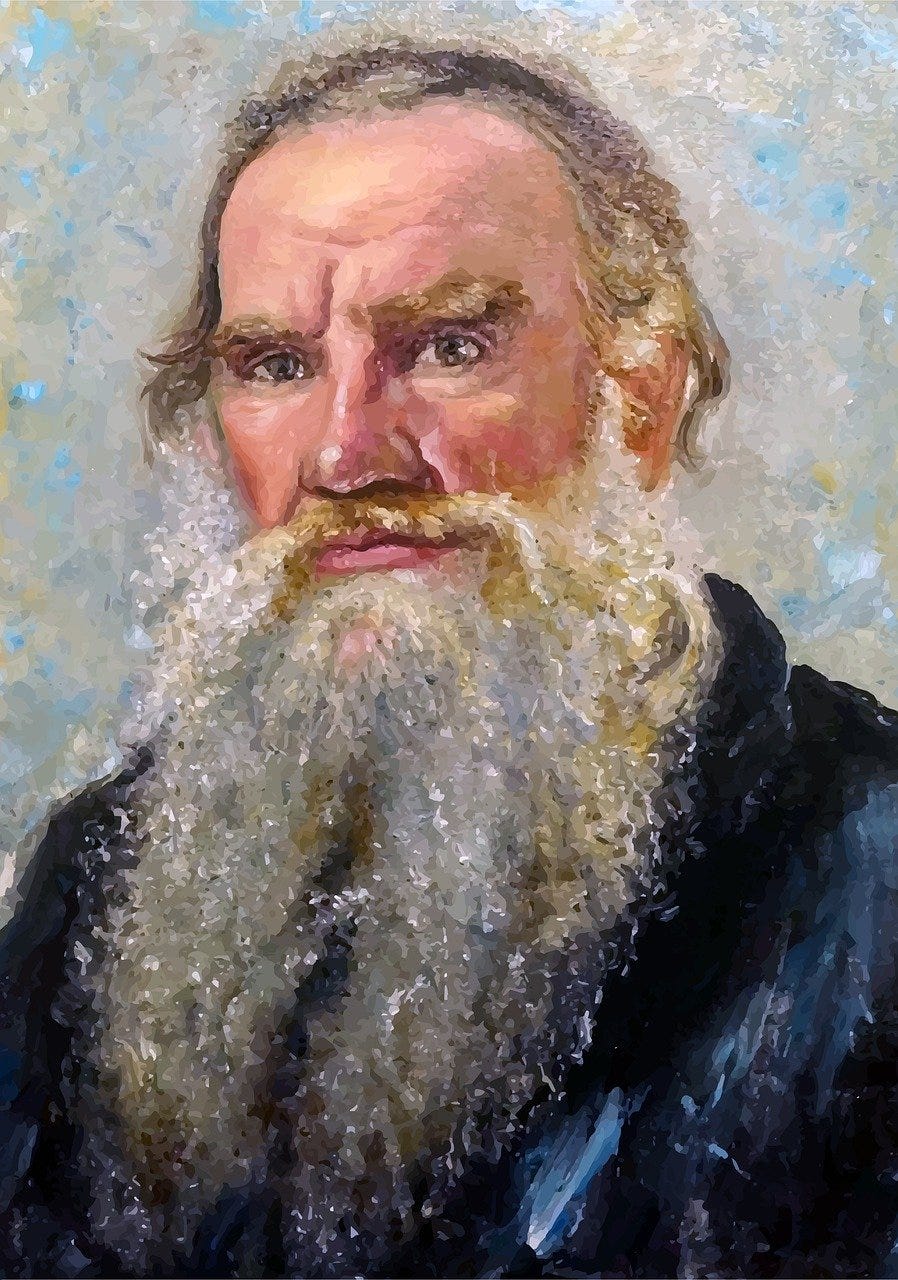Friedrich Schiller (1759-1805) has become something of a focus of mine of late. Rereading his work ‘On the Aesthetic Education of Man’ has reawakened my interest in art and the contentious subject of art appreciation. Many people feel a natural dislike for any suggestion of someone having a better appreciation of Art than others. It can sound patronizing, belittling and outright offensive if such is taken as stating ‘what you think is beautiful is not beautiful’. This is a mistake, and someone with a higher level of art appreciation would be able to see the beauty and stylistic qualities in any piece of art and truly appreciate it without contending with the principles of ‘like’ or ‘dislike’.
What is within often needs little encouragement to burst forth.
To flourish and flower with beauty is the requirement of the human will. Beauty has been disparaged by the ill-ilk of the attention seeking paraphernalia we call ‘influencers’.
I guess trends will always be followed, and some followers will always follow the taste of others rather than refine their own and discover the true meaning of beauty. I think there is always hope for everyone as the aesthetic sensibility within us all only needs a modicum of teasing to find its own courage and sprout out into the world of choosing and refusing. Authentic beauty is unquestionable.
For Schiller, ‘beauty’ is a whole lot more than mere appearance. He connects the importance of Aesthetics to what he calls the playful-impulse. Through this concept Schiller conveys the view that reason itself depends on our aesthetic sensibilities.
“Before truth casts its victorious light into the depths of the heart, poetic power catches its rays, and the peaks of mankind will shine out while in the valleys it is still dank night.”
- Friedrich Schiller, On the Aesthetic Education of Man, (Letter 9)
In our information era, there is a lot to say for the dilution of aesthetic sensibility. People seem more or less enraptured by appearances of beauty rather than having any real underlying concern with what beauty is. What may well be the case is when there is less focus on art appreciation, then the value of taste suffers. What was once objectively admired becomes irrelevant in the wake of a tired subjectivity surrounding Art as if there is no true valuation of anything other than what any particular person says. In this situation the ‘influencer’ demeans and debases beauty as a trend; as a mere habit of human nature.
“We can forgive a man for making a useful thing as long as he does not admire it. The only excuse for for making a useless thing is that one admires it intensely.
All art is quite useless.”
- Oscar Wilde, Preface to The Picture of Dorian Gray
Schiller’s ideas clearly laid down the groundwork upon which Wilde and others built. Here he addresses the criticism that people do not appreciate Art for the sake of Art:
“And we shall deserve this accusation for so long as we are unable to enjoy the beauty of living nature without desiring it, and admire the beauty of imitative art without asking after any purpose - not admitting to the power of imagination any absolute right of its indicating instead its worth by the regard that we show for its work.”
- Friedrich Schiller, One the Aesthetic Education of Man, (Letter 26)
It is also through the simple freedom and leisure inspired through the playful-impulse that Schiller says, guides humanity on to explore, imagine and create. Once the need for survival is surmounted, the want leads us to beauty. In this strange transition the want for feeds back into the need for in a cybernetic fashion.
“Not content with bringing an aesthetic surplus into the necessary, the free impulse to play finally tears itself free of the bonds of bare necessity, and the beautiful becomes in itself an object for his efforts. He adorns himself. Simple pleasure becomes one of his needs, and soon the best part of his pleasures derives from what is unnecessary.”
- Friedrich Schiller, One the Aesthetic Education of Man, (Letter 27)
The generational gap also delights in dividing opinions on aesthetics as mentioned in my previous entry Entrenched Generations. The strange thing regarding aesthetics though is as time moves on these differences are mended easily enough and there is never an act of retrograding, as what is beautiful remains constant, not improved upon. That said, with growing appreciation and exposure a more cultured people are more likely to grasp at and hold beauty closer to their hearts than others. Schiller would likely state that the development of our playful-impulse allows us to open up to a higher degree of art appreciation.
Perhaps artistic movements necessarily have to culminate in a vapid state where beauty becomes degraded into a mere ‘trend’. The artistic appreciation dies, as the art becomes merely a social statement rather than an attempt to wrestle with aesthetics. As an example, the commercialization of hip-hop music initially led to a boom where diversity came about as genres melded and meshed, but eventually the spirit of hip-hop became diluted and homogenous.
The most damaging of contemporary Art movements has to be the vacuous scene of conceptual art. Personally, it feels dirty to even call such a thing ‘Art’. This is not to deride the use, nor the interest of this act, but to point out that once the intellect becomes the foci of the so-called ‘artwork’ then it fails to be Art.
Schiller would probably view the genre of ‘conceptual art’ as a misnomer too. For him, the material-pulse (concrete sensuous experience) and the formal-impulse (reason and intellectual concepts) are in part united by the playful-impulse (revealing beauty); but ‘conceptual art’ sits firmly in the sphere of intellectual ideas. It has nothing to reveal about beauty, it only conceives of ideas and plays with concepts in a philosophical state, not in one of aesthetic sensibility.
Next, we will look at someone who offers a counter position to Schiller’s view.
Do you know who this is?





